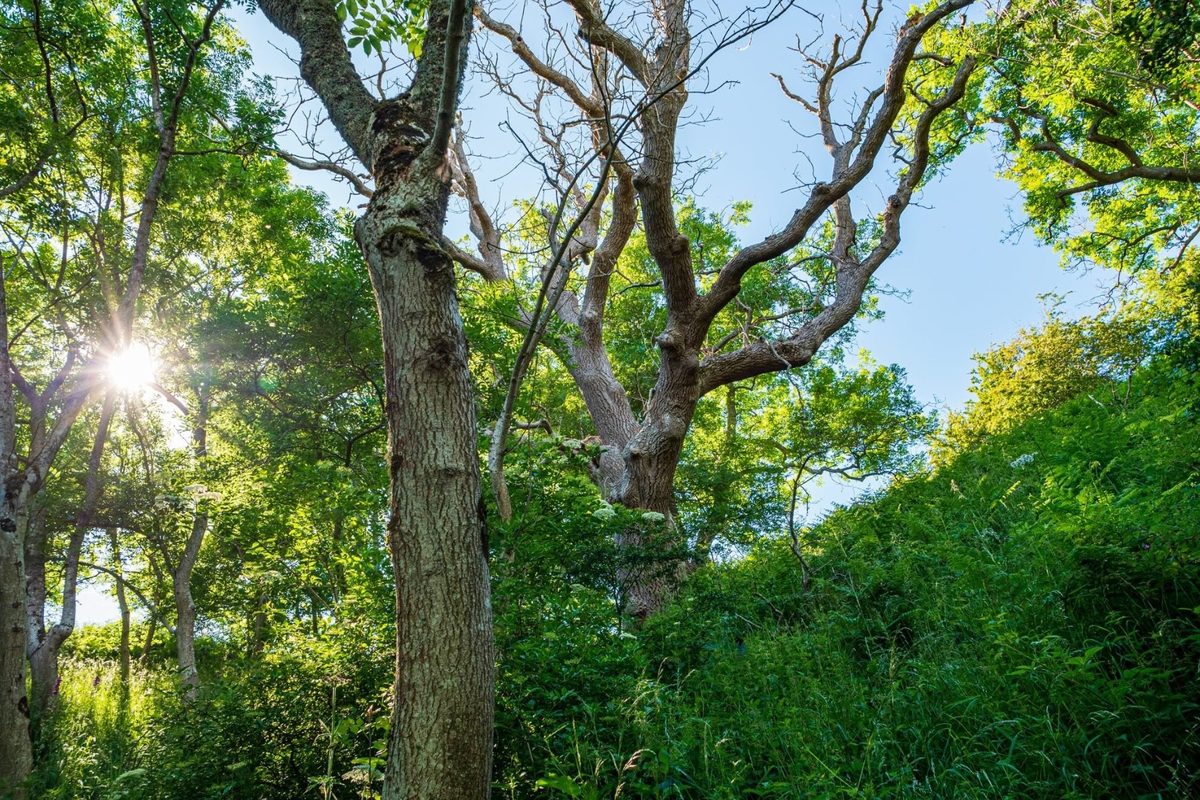
New DNA study suggest ash trees are evolving to resist deadly dieback disease
How did your country report this? Share your view in the comments.
Diverging Reports Breakdown
New DNA study suggests ash trees are evolving to resist deadly dieback disease
Ash trees represent just over one in eight of all deciduous trees in Britain. It has been predicted that up to 85 per cent of all UK ash trees will succumb to ash dieback disease. A study carried out by scientists at Kew Gardens and Queen Mary University of London has found subtle changes in the DNA of new generations of trees that may allow them to outwit it. The findings suggest the ash will not – as once feared – go the way of the elm tree, which has all but disappeared from the British countryside.
Between 2015 and 2019, for example, it’s thought 29 per cent of all living ash trees died. It has been predicted that up to 85 per cent of all UK ash trees will succumb to ash dieback disease.
But now there are signs that ash is evolving resistance to the fungus. A study carried out by scientists at Kew Gardens and Queen Mary University of London has found subtle changes in the DNA of new generations of trees that may allow them to outwit it.
Richard Buggs, professor of evolutionary genomics at Queen Mary University, says the findings suggest the ash will not – as once feared – go the way of the elm tree, which has all but disappeared from the British countryside as a result of Dutch elm disease.
“Ash trees are showing a very different dynamic because they produce an abundance of seedlings upon which natural selection can act when they are still young,” he says. A single tree can produce 100,000 of its distinctive green-winged ash ‘keys’, sometimes called helicopter seeds, every second year.
Carey Metheringham, who carried out the research while studying for her Phd, says natural selection will provide new ash trees with a better chance of survival, but human intervention will still be required.
“The existing genetic variation in the ash population may be too low, and as the trees become scarcer, the rate of selection could be slow,” she adds. “Selective breeding and the protection of young trees from deer grazing maybe required to accelerate evolutionary change.”
The ash dieback fungus Hymenoscyphus fraxineus was first spotted in Europe about 30 years ago, and identified in Britain in 2012, arriving on imported trees and even blowing across the English Channel. Signs of the disease are orange-brown lesions where branches meet the trunk, dead shoots and branches and black and wilting leaves.
Ash trees are regarded as a keystone species in woodland habitats. More than 950 species depend on them, including nearly 550 lichens, 240 invertebrates, 28 mammals and 12 birds. It’s been estimated that the total cost of ash dieback to the UK economy in lost ecosystem services will be £15 billion over 100 years.
More stories about the environment from around the world
Source: https://www.discoverwildlife.com/plant-facts/trees/ash-dieback-resistence
